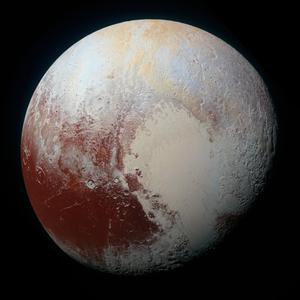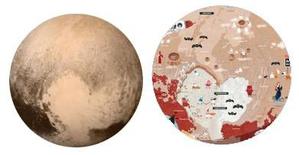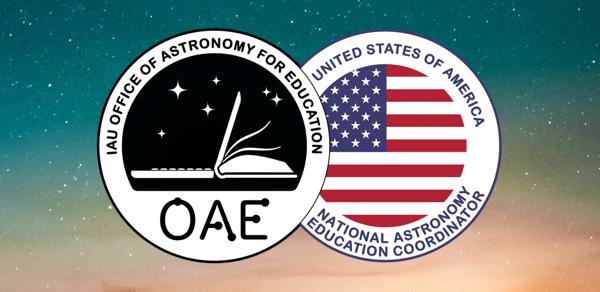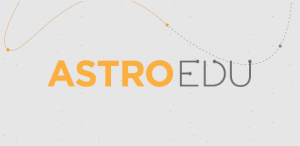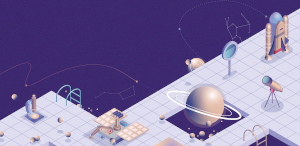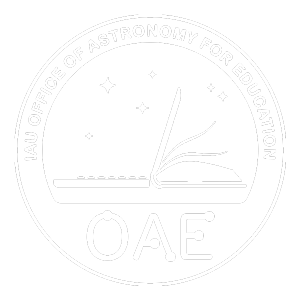Glossary term: 冥王星
Description: 冥王星是太阳系中的天体之一。它位于柯伊伯带,在海王星轨道之外。它曾被称为太阳系第九大行星,但在 2006 年被重新归类为矮行星。它于 1930 年被克莱德-汤博发现。冥王星与太阳的平均距离为 60 亿千米,半径为 1185 千米(比地球的卫星还小)。冥王星上的一年相当于地球上的 247.9 年,一天相当于地球上的 6.4 天。
2015年,美国国家航空航天局的 "新视野 "号飞船成为第一个飞越冥王星的航天器,并首次提供了冥王星表面及其大气层的详细信息。冥王星表面非常寒冷,几乎没有氢可以以气态形式存在。冥王星仅有的一点大气主要是氮气,表面有大片冰冻的氮气平原。它的大气层延伸到1600千米的距离。冥王星由岩石(70%)和冰(30%)组成。它有五颗已知的卫星:卡戎(Charon)、斯提克斯(Styx)、尼克斯(Nix)、刻耳柏洛斯(Kerberos)和海德拉(Hydra)。
Related Terms:
See this term in other languages
Term and definition status: The original definition of this term in English have been approved by a research astronomer and a teacher The translation of this term and its definition is still awaiting approval
The OAE Multilingual Glossary is a project of the IAU Office of Astronomy for Education (OAE) in collaboration with the IAU Office of Astronomy Outreach (OAO). The terms and definitions were chosen, written and reviewed by a collective effort from the OAE, the OAE Centers and Nodes, the OAE National Astronomy Education Coordinators (NAECs) and other volunteers. You can find a full list of credits here. All glossary terms and their definitions are released under a Creative Commons CC BY-4.0 license and should be credited to "IAU OAE".
If you notice a factual or translation error in this glossary term or definition then please get in touch.
Related Media
冥王星
Credit: 美国宇航局/约翰霍普金斯大学应用物理实验室/西南研究所 credit link
License: PD Public Domain icons
Related Activities
Children's Planetary Maps: Pluto & Charon
astroEDU educational activity (links to astroEDU website) Description: Learn about our furthest neighbors
License: CC-BY-4.0 Creative Commons 署名 4.0 国际 (CC BY 4.0) icons
Tags:
Maps
, Planetary cartography
, Spatial thinking
, Charon
Age Ranges:
6-8
, 8-10
, 10-12
, 12-14
Education Level:
Middle School
, Primary
, Secondary
Areas of Learning:
Social Research
Costs:
Low Cost
Duration:
2 hours
Group Size:
Group
Skills:
Analysing and interpreting data
, Asking questions
, Communicating information
, Constructing explanations
, Developing and using models
, Engaging in argument from evidence
, Planning and carrying out investigations
